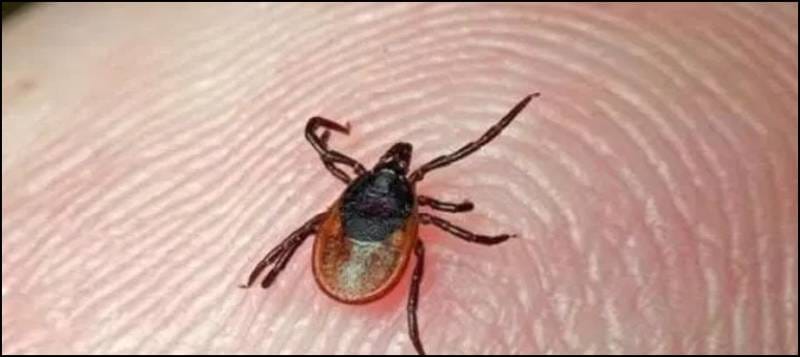The recent confirmation of the first bird flu-related death in the United States has sent ripples through public health circles and the poultry industry alike. The patient, who was reported to be from Louisiana, died after contracting the H5N1 strain of the avian influenza virus. Health officials have emphasized that this case is a stark reminder of the ongoing threat posed by zoonotic diseases, which can jump from animals to humans.
The Louisiana Department of Health announced the fatality, stating that the patient had underlying health conditions that likely contributed to the severity of the illness. While the H5N1 strain primarily affects birds, it has been known to infect humans in rare cases, often leading to severe respiratory illness. The Centers for Disease Control and Prevention (CDC) is closely monitoring the situation and has urged the public to remain vigilant, particularly those who work in close contact with poultry.
Bird flu, particularly the H5N1 strain, has been a concern for health officials since it first emerged in the late 1990s. The virus is highly pathogenic in birds, leading to significant mortality rates in avian populations. While human infections remain rare, the potential for the virus to mutate and spread more easily among humans is a significant concern. The CDC has reported that most human cases of H5N1 have been linked to direct contact with infected birds or contaminated environments.
In light of this recent case, public health officials are reiterating the importance of biosecurity measures in poultry farming. Farmers are advised to implement strict hygiene protocols, monitor their flocks for signs of illness, and report any unusual mortality to the appropriate authorities. Additionally, the CDC has recommended that individuals avoid contact with wild birds and practice good hygiene when handling poultry products.
The impact of this death extends beyond public health; it also raises concerns within the poultry industry. Farmers and producers are already facing challenges due to ongoing outbreaks of avian influenza in various states. The fear of a widespread outbreak can lead to market instability, affecting prices and supply chains. The U.S. Department of Agriculture (USDA) has been actively involved in monitoring and managing avian influenza outbreaks, providing support to affected producers and implementing measures to contain the virus.
Public health experts are also highlighting the need for increased surveillance and research into avian influenza. Understanding the virus’s transmission dynamics, potential mutations, and its impact on human health is crucial for developing effective prevention strategies. The recent death serves as a wake-up call for both public health officials and the general public to remain informed and prepared for potential future outbreaks.
As this situation unfolds, health officials are emphasizing that the risk to the general public remains low. The transmission of H5N1 from person to person is extremely rare, and there have been no reported cases of sustained human-to-human transmission. Nonetheless, the CDC continues to monitor the situation closely and is prepared to respond as necessary.
In the wake of this tragedy, it is essential for communities to come together and share accurate information regarding avian influenza. Misinformation can exacerbate fears and lead to unnecessary panic. Public health campaigns aimed at educating the public about the risks associated with bird flu and the measures that can be taken to mitigate those risks will be crucial in the coming weeks.
In conclusion, the first reported bird flu death in the United States is a significant event that underscores the importance of vigilance in monitoring zoonotic diseases. As health officials continue to investigate the case and its implications, the focus will remain on ensuring the safety of both human and animal populations. The interplay between public health, agriculture, and community awareness will be vital in addressing the challenges posed by avian influenza and preventing future outbreaks.



